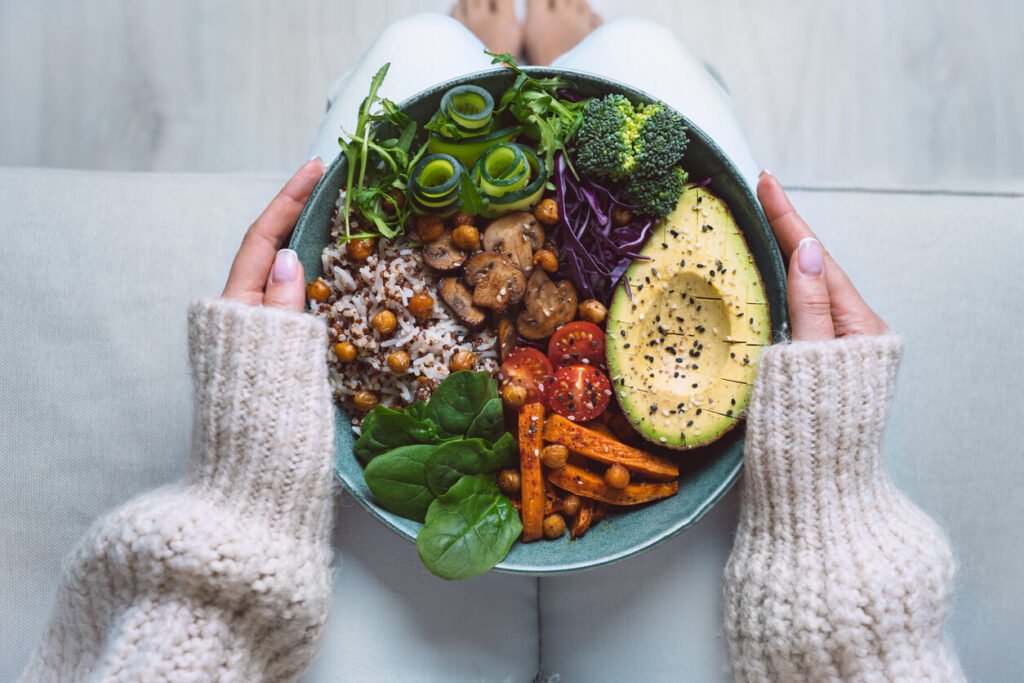If you’ve ever thought “plant-based diets don’t have enough protein to build muscle,” you’re not alone. It’s one of the most common protein myths in fitness. But research now shows that a well-planned plant-based approach can support muscle gain, fat loss, and long-term health—without relying on animal products.
Why Protein Matters for Fitness
Protein isn’t just for bodybuilders. It plays a vital role in:
- Muscle repair and growth after resistance training.
- Preserving lean mass when in a calorie deficit.
- Satiety and appetite control, which makes sticking to a nutrition plan easier.
For active individuals, recommendations generally fall between 1.2–1.8 g of protein per kilogram of bodyweight per day, with higher intakes (up to ~2.0 g/kg) sometimes beneficial for muscle gain or during fat loss phases.
Can Plant Protein Really Match Animal Protein?
This is where the myth starts to crumble. Several studies have demonstrated that when daily protein needs are met, plant proteins are just as effective as animal proteins for building and maintaining muscle.
- A randomized trial found that soy protein supported muscle protein synthesis similarly to whey when consumed post-exercise, provided enough total protein was consumed.
- A review in Nutrients highlighted that plant proteins can support muscle hypertrophy when intakes are optimized, especially when combining complementary protein sources or using higher-protein legumes and soy products.
- A 2023 review concluded that plant protein supplementation can effectively support strength and performance outcomes in active populations.
Practical Guidelines for Plant-Based Protein Success
Here’s how to translate the science into your daily routine:
- Aim for 20–30 g of protein per meal
Research shows this range best stimulates muscle protein synthesis.- Example: 1 cup lentils (18 g) + 1 cup quinoa (8 g) = 26 g.
- Use high-quality plant proteins
- Soy (tofu, tempeh, edamame)
- Seitan
- Legumes + whole grains (beans + rice, hummus + pita)
- Plant protein powders (pea, soy, blends)
- Distribute protein evenly throughout the day
Three to four balanced meals outperform one large “protein bomb” for muscle repair. - Don’t fear convenience
While whole foods should form the base of your diet, shakes and fortified foods are practical ways to meet daily targets when life is busy.
A Sample Day: Hitting ~110 g Protein on Plants
- Breakfast: Overnight oats with soy milk, chia seeds, and 1 scoop pea protein (~30 g).
- Lunch: Lentil + quinoa salad with roasted vegetables + tahini (~28 g).
- Snack: Hummus with whole-grain pita + a side of edamame (~20 g).
- Dinner: Tempeh stir-fry with brown rice and broccoli (~32 g).
Bottom Line
Plant-based diets aren’t “low protein.” They simply require a little strategy—choosing the right foods, hitting total protein needs, and spreading intake across the day. Do this, and you’ll not only build muscle but also gain the long-term health benefits of a diet rich in fiber, antioxidants, and phytonutrients.


